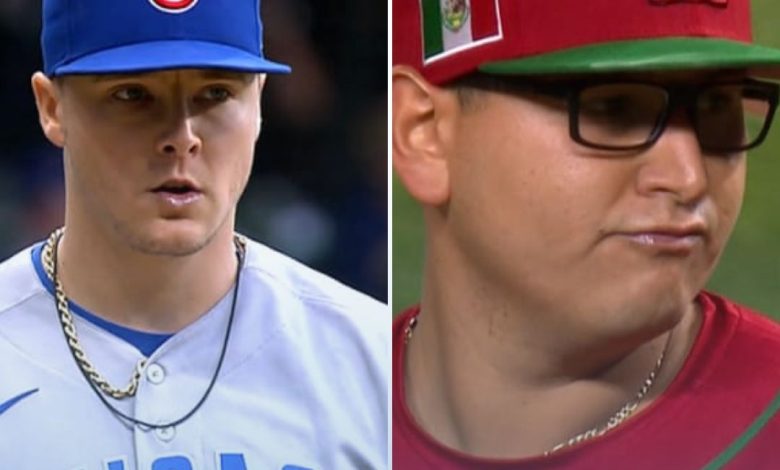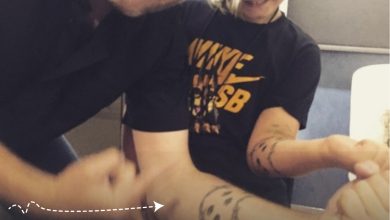Cubs Offers to Steele & Assad Expose Financial Strategy: Investing in Pitching Core While Saving for Big Swings.vc

CHICAGO, IL – The Chicago Cubs’ offseason has taken a revealing turn. While the tendering of contracts to arbitration-eligible pitchers Justin Steele and Javier Assad appeared to be a routine housekeeping measure, these negotiations have quietly exposed the front office’s meticulously crafted 2026 budget and long-term financial strategy.
The message delivered by President of Baseball Operations Jed Hoyer is clear: Chicago is committed to investing in its homegrown pitching core without boxing itself out of the capacity to pursue major talent in the coming years.
The Strategy: Stability and Versatility
The decisions regarding Steele and Assad bring the Cubs financial strategy pitching into sharp focus.
- Justin Steele: Stability at the Top: Despite Steele being projected to miss at least the first half of the 2026 season while recovering from Tommy John surgery, the Cubs tendered him a contract. This move, which is expected to cost the team an estimated $6.55 million (per MLB Trade Rumors projections), is a high-value investment in future stability. Steele represents the top of the rotation, and tendering him secures his services through his arbitration years, ensuring he returns to the Cubs’ core when healthy.
- Javier Assad: Crucial Versatility: Assad, projected to earn approximately $1.9 million, offers invaluable versatility. The right-hander has proven he can be effective as a spot-starter, bulk reliever, or multi-inning bullpen piece. Keeping him on the roster provides essential depth, particularly given the unpredictability of the starting rotation.
The total cost for securing these two key arms is a modest $8.45 million, confirming the Cubs’ spending floor and demonstrating their commitment to pitching depth.
Preserving Flexibility for Future Blockbuster Moves
By efficiently locking up these rising arms, the front office has executed a strategic balancing act. The Cubs 2026 payroll currently sits well below the first Competitive Balance Tax (CBT) threshold, even after accepting Shota Imanaga’s qualifying offer.
Analysts calculate that the Cubs have upwards of $50 million in available payroll space before hitting the first tax tier. Crucially, the team also faces a massive wave of veteran contracts coming off the books in 2027 (including Imanaga, Ian Happ, and Seiya Suzuki), which will free up over $114 million in payroll dollars.
This careful mapping—investing moderately now in core pitching while preserving significant flexibility—signals an awareness that championship windows are short. For fans eager to see the Cubs contend immediately, these seemingly quiet contract discussions speak volumes: Chicago is positioning itself to be aggressive, ensuring they have the financial capital to make a big swing—either for a top-tier free agent this winter or a high-impact trade acquisition in the next two years.



